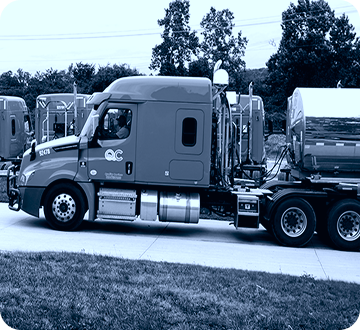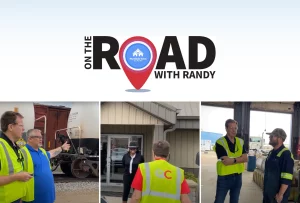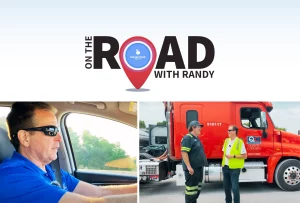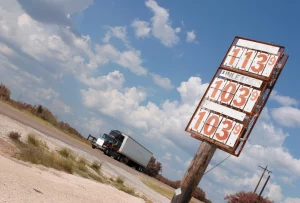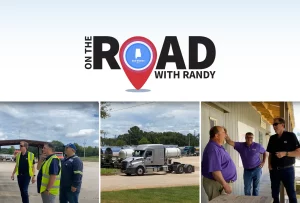The rumble of an 18-wheeler cruising down the highway or seeing a city bus making its rounds often goes unnoticed daily. Yet, these commercial vehicles and the skilled individuals operating them are our modern economy’s backbone. To navigate the roads and highways safely and legally, these drivers must possess a special credential known as a Commercial Driver’s License (CDL). In this blog post, we’ll dive into the world of CDLs, exploring what they are, why they are essential, and how to obtain this critical license.
What is a Commercial Driver’s License?
A Commercial Driver’s License (CDL) is a specialized driver’s license that authorizes individuals to operate commercial vehicles. These are not your typical family cars; we’re talking about heavy-duty trucks, buses, and other large vehicles used for commerce. CDLs are not one-size-fits-all; they come in various classes, each allowing drivers to operate specific types of vehicles based on size, weight, and purpose.
Types of CDL Licenses
CDL Drivers License (CDL) comes in several types or classes, each authorizing the holder to operate specific types of commercial motor vehicles (CMVs). These CDL classes are categorized based on the vehicles’ size, weight, and purpose. Here are the most common CDL classes:
Class A CDL
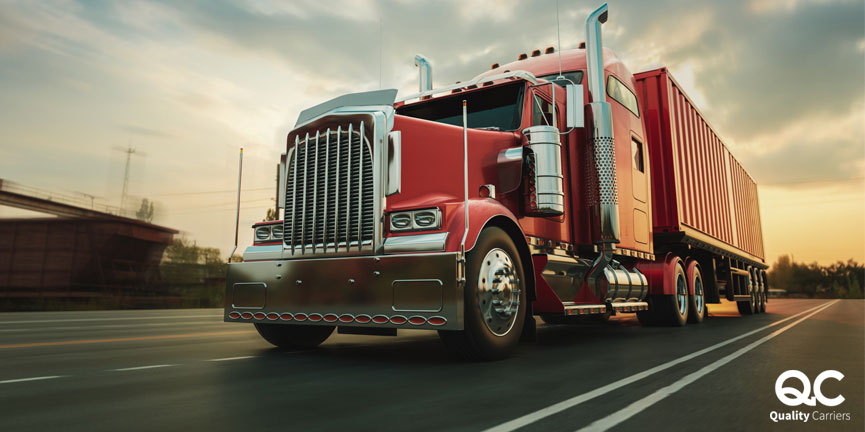
A Class A Commercial Driver’s License (CDL) is a specialized driver’s license required to operate the heaviest and largest commercial vehicles on the road. Class A CDL holders are qualified to operate vehicles with a Gross Combination Weight Rating (GCWR) of 26,001 pounds or more, provided the towed trailer(s) weigh over 10,000 pounds. This license class is essential for those involved in long-haul transportation, freight shipping, and various other commercial driving careers.
With a Class A CDL, drivers are authorized to operate the heaviest and largest commercial vehicles. This includes:
Tractor-trailers: These are the iconic “big rigs” that consist of a tractor (the front part with the engine) connected to one or more trailers. They can vary in size and weight but often have a Gross Combination Weight Rating (GCWR) of 26,001 pounds or more.
Combination vehicles: This class also covers vehicles towing a trailer with a GCWR exceeding 26,001 pounds, where the trailer weighs over 10,000 pounds.
Class B CDL
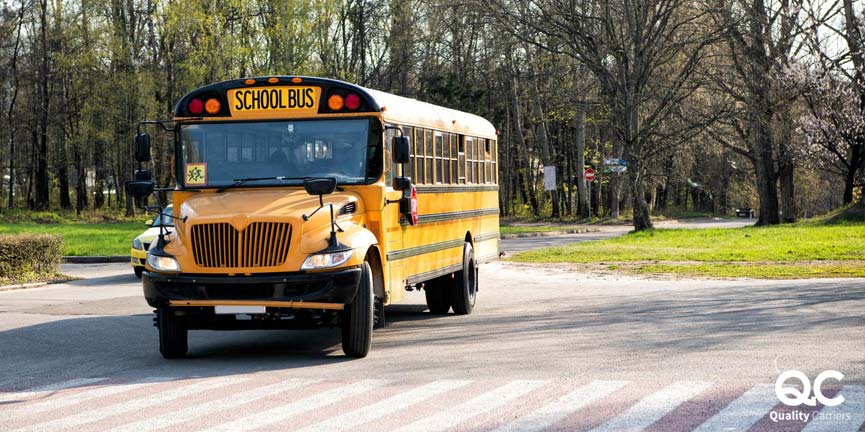
Class B Commercial Driver’s License (CDL) is a specialized driver’s license required to operate slightly smaller commercial vehicles than those covered by a Class A CDL. Class B CDL holders are authorized to operate single vehicles with a Gross Vehicle Weight Rating (GVWR) of 26,001 pounds or more. These vehicles often serve specific purposes, such as local or regional transportation, delivery services, and passenger transportation. Common Class B vehicles include:
Delivery Trucks: Class B CDL holders often find employment in the delivery industry. They drive delivery trucks, which can vary in size and purpose. These trucks are used to transport goods locally or regionally. Examples include parcel delivery vans, medium-duty box trucks, and refrigerated delivery trucks for transporting perishable items.
School Buses: School bus drivers are required to have a Class B CDL with a passenger endorsement (P). They are responsible for safely transporting students to and from school, field trips, and other school-related activities. Safety is paramount in this role.
City Buses: City bus drivers, sometimes called transit bus drivers, operate public vehicles in urban areas. These buses transport passengers within a city or metropolitan area and play a crucial role in public transportation systems.
Box Trucks: Box trucks are commonly used for local or regional deliveries. They have a cargo area with a box-like shape, which is ideal for transporting various types of cargo, including furniture, appliances, and consumer goods.
Class C CDL
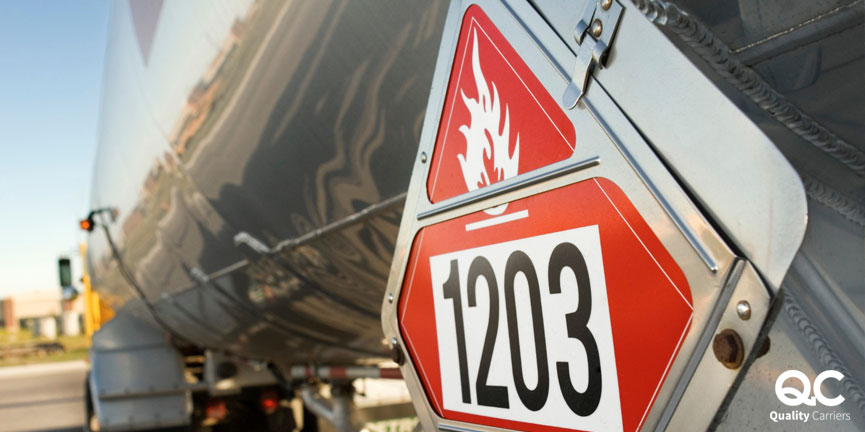
A Class C Commercial Driver’s License (CDL) is a versatile category of CDL that covers various types of commercial vehicles, particularly those that don’t fit neatly into the Class A or Class B CDL categories. Class C CDLs are designed to accommodate a wide range of commercial driving needs and are often required for specific types of vehicles or operations.These include:
Passenger Vehicles: Class C CDL holders are authorized to operate vehicles designed to transport 16 or more passengers, including the driver. This includes vehicles like passenger buses used for charter services, airport shuttles, and similar purposes.
Hazardous Materials: Class C CDLs are also needed when transporting hazardous materials in amounts that require placarding. This endorsement allows drivers to safely transport hazardous cargo, including chemicals, explosives, or other potentially dangerous materials.
Class C CDLs offer flexibility and adaptability to meet various commercial driving needs. They are suitable for drivers who need to transport passengers or hazardous materials and may not require the extensive training and testing associated with Class A or Class B CDLs.
How to Obtain a CDL Drivers License
Obtaining a CDL drivers license is not a walk in the park. It involves a series of knowledge and skills tests, including written exams and a road test. CDL applicants must meet specific medical and age requirements and may need endorsements for specialized driving tasks. The process is designed to ensure that only qualified individuals are behind the wheel of these powerful machines.
In conclusion, a Commercial Driver’s License (CDL) is the golden ticket that grants individuals the authority to operate commercial vehicles. It symbolizes expertise, responsibility, and a commitment to road safety. Whether you’re a truck driver navigating the vast highways or a bus driver transporting passengers, the CDL is your passport to a world of commercial driving opportunities.
FAQs about CDL:
Endorsements are additional qualifications for specific types of commercial driving, such as transporting hazardous materials or passengers, depending on your career goals.
The minimum age for obtaining a CDL varies by state and the type of CDL class. You can get a Class A or B CDL in many states at age 18, but interstate (cross-state line) driving is typically limited to those 21 or older. Class C CDLs are often available at age 18.
Certain disqualifications, such as a history of serious traffic violations or a criminal record, can prevent you from obtaining a CDL. Additionally, medical conditions, such as impaired vision or hearing, may restrict your CDL privileges. It’s essential to meet both the state and federal eligibility criteria.
Related blog: How To Get A HazMat Endorsement for CDL Drivers
